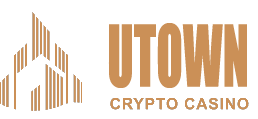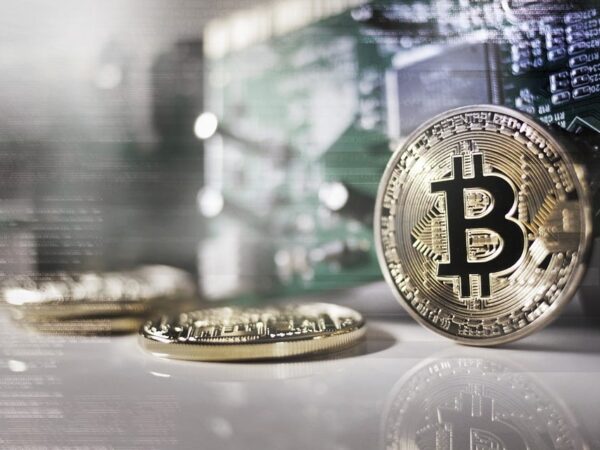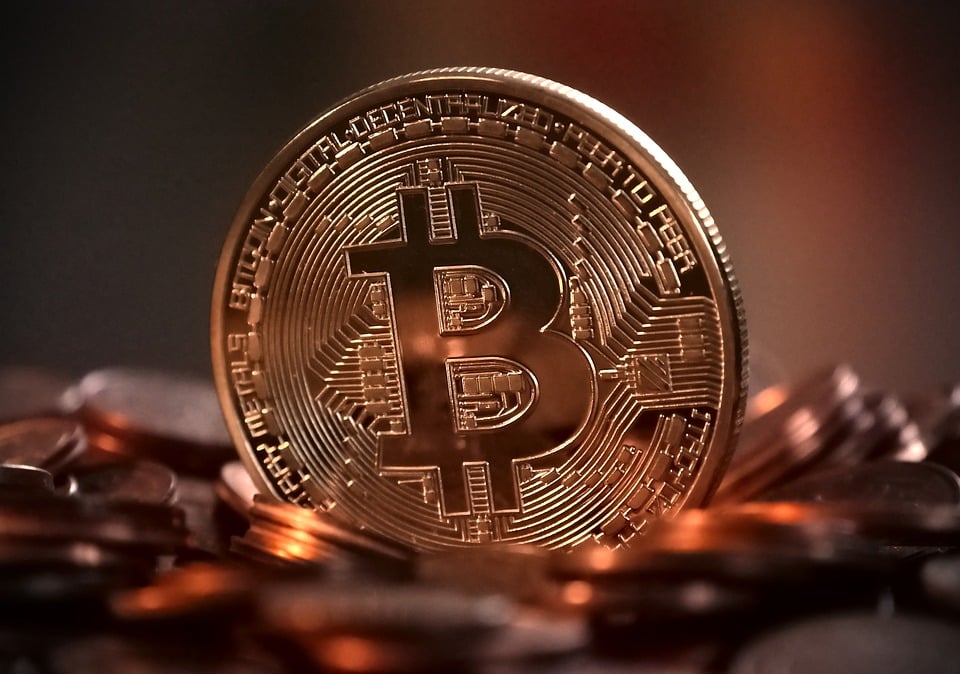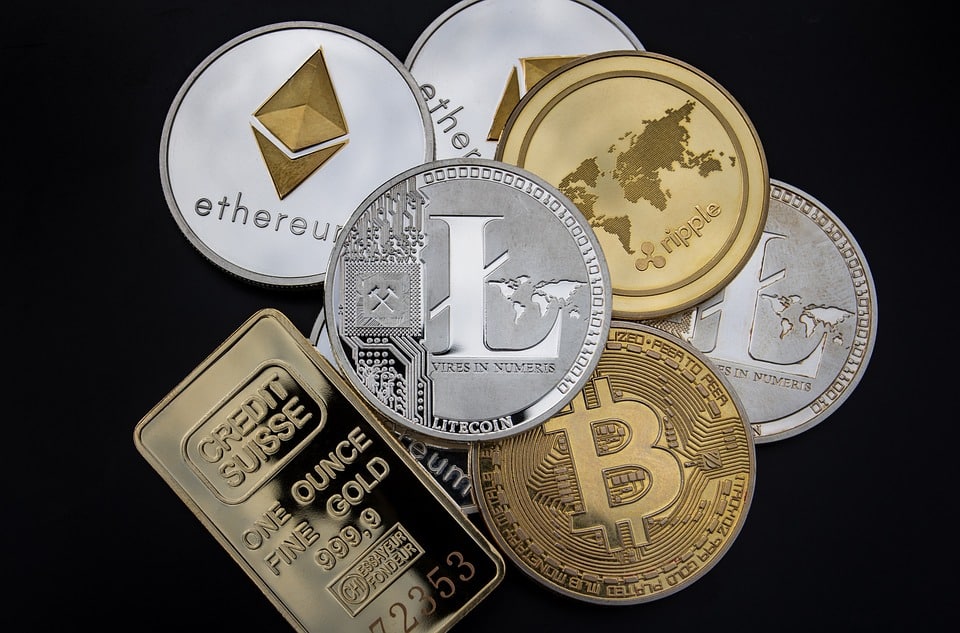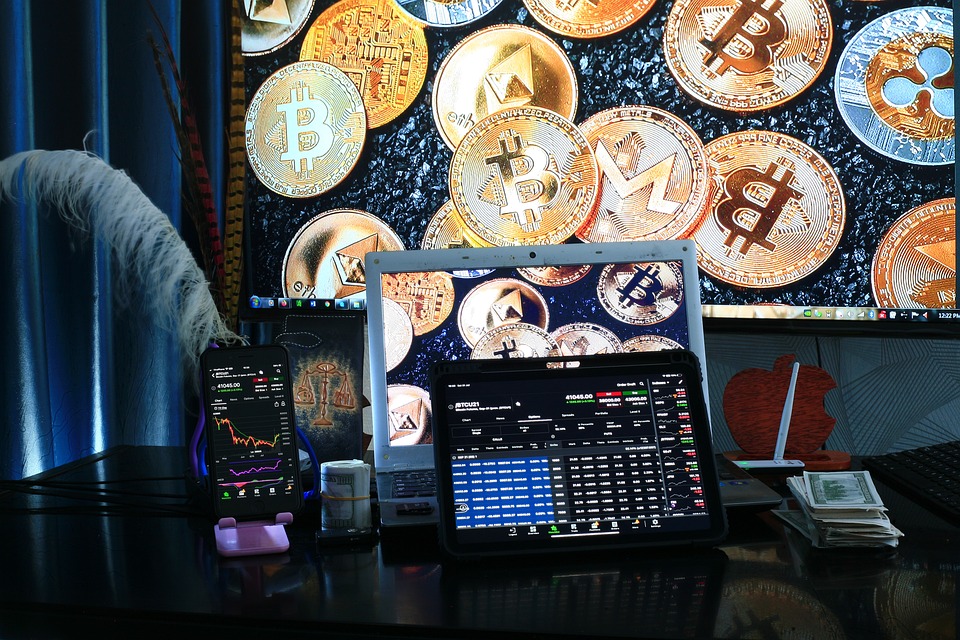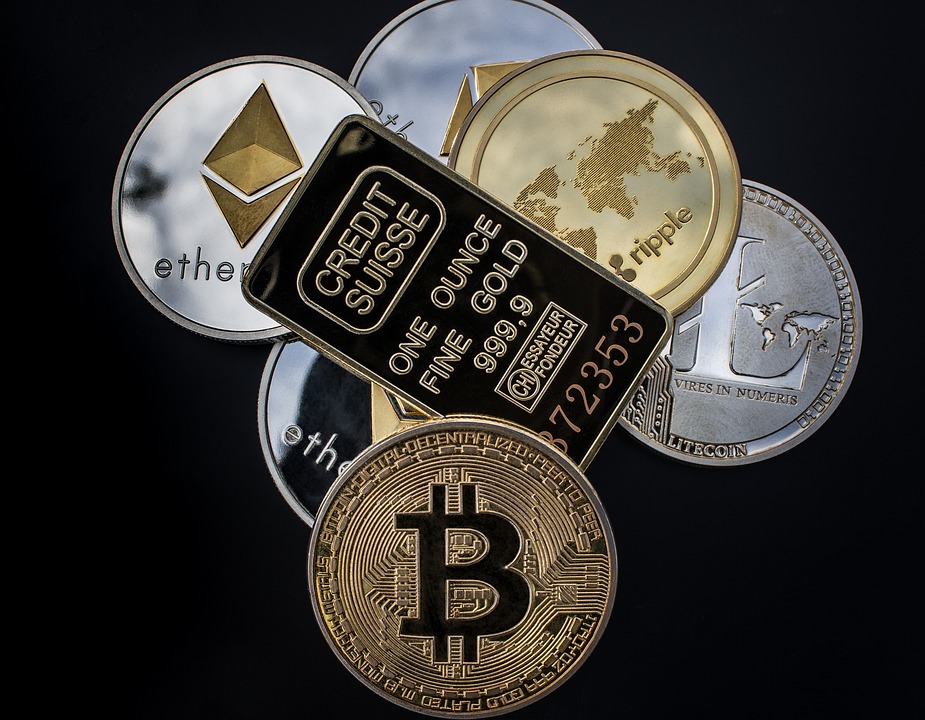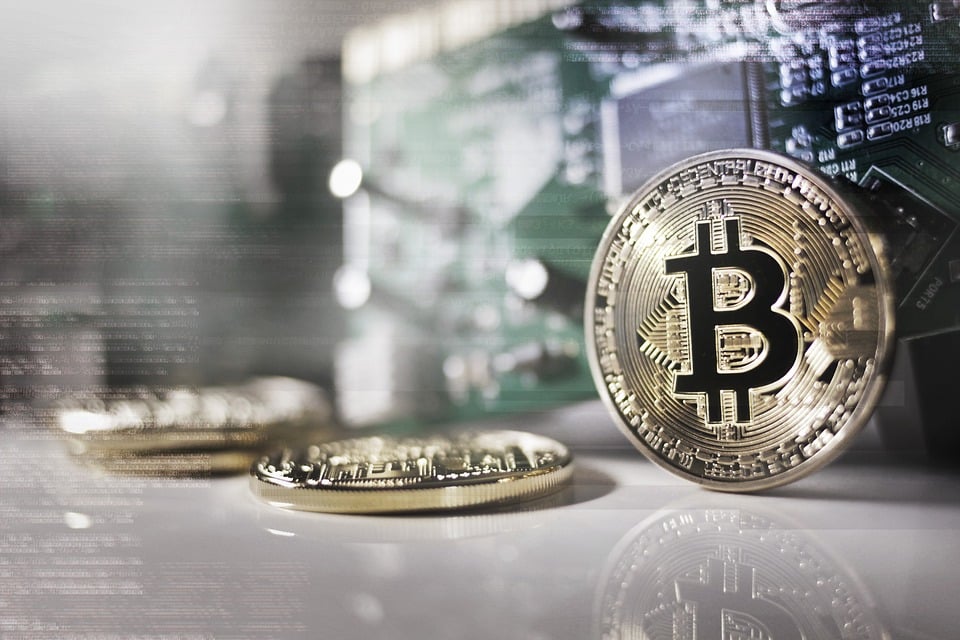
As the world of cryptocurrencies continues to expand, understanding digital assets like Tether (USDT) is crucial for anyone venturing into this space. While there are various formats of USDT, the TRC20 variant operates on the TRON blockchain, renowned for its speed, low transaction costs, and growing popularity. This article delves into the ins and outs of USDT (TRC20) wallet addresses, providing you with a comprehensive understanding and actionable insights in a convenient listicle format.
1. What is USDT (TRC20)?
USDT, or Tether, is a stablecoin pegged 1:1 to the US dollar, making it an essential tool for traders and investors to manage volatility in the cryptocurrency market. The TRC20 variant of USDT utilizes the TRON blockchain, known for its scalability and transaction efficiency. In simpler terms, TRC20 USDT allows users to transact with a stable asset on the TRON network, which boasts faster transactions compared to Ethereum-based USDT (ERC20).
2. Why Choose USDT (TRC20)?
Here are some compelling reasons why you might consider using USDT (TRC20):
-
Low Transaction Fees: Compared to traditional banking and even other blockchain networks, TRON offers substantially lower transaction fees, making it economical for frequent trading.
-
fast Transactions: TRON’s infrastructure allows for quick confirmations, ensuring that your transactions are processed in seconds.
-
High Scalability: TRON can handle thousands of transactions per second, making it feasible for upwards of millions of users simultaneously.
- Stable Asset: Being pegged to the USD eliminates the stress of sudden price fluctuations typically associated with other cryptocurrencies, which is especially appealing for traders.
3. How to Get a USDT (TRC20) Wallet Address
Obtaining a USDT (TRC20) wallet address is a straightforward process. Here’s a simple step-by-step guide:
-
Choose a Compatible Wallet: Not all wallets support TRC20 tokens. Opt for a wallet that does, such as TRONLink, TronWallet, or hardware wallets like Ledger.
-
Download the Wallet: Install the chosen wallet app on your mobile device or set it up on your desktop.
-
Create an Account: Follow the wallet’s instructions to set up your account. Make sure to securely back up your recovery phrase.
- Find Your TRC20 Wallet Address: Once your wallet is set up, you can locate your TRC20 wallet address, which usually begins with a "T". This address is necessary for receiving USDT (TRC20) and other TRC20 tokens.
4. Sending and Receiving USDT (TRC20)
Once you have your USDT (TRC20) wallet address, managing transactions becomes simple. Here’s how to send and receive USDT:
Receiving USDT (TRC20):
- Provide Your Wallet Address: Share your TRC20 wallet address with the sender. Ensure that they are sending the correct token (USDT on TRC20).
Sending USDT (TRC20):
-
Input the Recipient’s Address: When sending funds, ensure you enter the recipient’s TRC20 wallet address accurately to avoid loss of funds.
-
Enter the Amount: Decide how much USDT you wish to send.
- Confirm Transactions: Review the transaction details and confirm. Depending on network congestion, the transaction will typically be processed within seconds.
5. Security Best Practices
While using USDT (TRC20) wallets, security is paramount. Here are some best practices to safeguard your assets:
-
Use Strong Passwords: Ensure that your wallet is protected with a strong, unique password.
-
Enable Two-Factor Authentication: Whenever possible, activate 2FA to add an extra layer of security.
-
Be Wary of Phishing Attempts: Always verify website URLs before entering your wallet credentials. Scammers often mimic legitimate sites to harvest user data.
- Backup Your Wallet: Safeguard your recovery phrase and wallet backups to recover your funds in case of device loss or failure.
6. Common Mistakes to Avoid
While managing your USDT (TRC20) wallet, be aware of these common pitfalls:
-
Sending to the Wrong Network: Ensure you’re sending USDT on the TRC20 network. Sending to an ERC20 address or a different blockchain can result in permanent loss of funds.
-
Neglecting to Check Fees: Always confirm transaction fees before proceeding to avoid unexpected charges.
- Ignoring Software Updates: Keep your wallet software updated to benefit from the latest security features.
7. Frequently Asked Questions (FAQs)
What is the difference between USDT (TRC20) and USDT (ERC20)?
The primary difference lies in the underlying blockchain. USDT (TRC20) operates on the TRON blockchain, while USDT (ERC20) is built on Ethereum. TRC20 transactions are typically faster and cheaper.
Can I convert USDT (TRC20) to other cryptocurrencies?
Yes, most cryptocurrency exchanges enable users to convert USDT (TRC20) to a wide variety of cryptocurrencies, such as BTC, ETH, or other stablecoins.
Is USDT (TRC20) safe to use?
Generally, USDT (TRC20) is considered safe, especially when using reputable wallets and exchanges. Always adhere to security best practices.
8. Choosing the Right Exchange for USDT (TRC20)
Select an exchange that supports USDT (TRC20) and meets your trading needs. Consider the following factors:
-
Reputation: Choose established exchanges with positive user feedback.
-
Liquidity: High liquidity ensures that you can execute trades swiftly at market price.
- Security Features: Opt for exchanges with robust security measures, including insurance against breaches.
One such exchange where you can start exploring USDT (TRC20) trading is [Discover More]. It provides a user-friendly experience, great liquidity for USDT (TRC20), and a range of other trading options.
9. Future of USDT (TRC20)
As the cryptocurrency market continues its evolution, stablecoins like USDT are expected to play a pivotal role. They offer a bridge between traditional finance and the crypto world, making them essential for investors and traders alike. Furthermore, with the expanding TRON ecosystem, the demand for USDT (TRC20) is only set to rise, promising more innovative features and opportunities.
10. Conclusion
Navigating the world of cryptocurrencies can be daunting, but understanding USDT (TRC20) and its associated wallet addresses is a significant step toward mastering it. By following best practices and staying informed, you can make secure and efficient transactions, whether you’re trading, investing, or simply using USDT as a medium of exchange.
In this increasingly digital age, stablecoins offer a unique utility, and being knowledgeable about how to use them effectively opens a world of possibilities.
